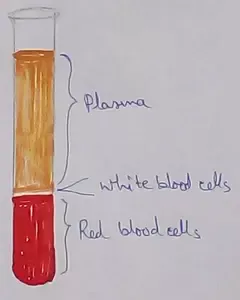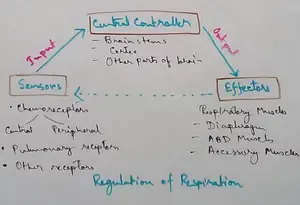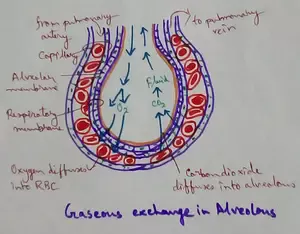Structure of Toad
We will discuss here about the structure of toad. The toad has an oval shaped fat body covered with moist skin. A full grown toad may be five inches long.
The females are larger than the males. The dorsal surface or back of a toad is darker in color with patches while the ventral surface or the abdominal side is devoid of such patch. The skin is warty and moist. The body of an adult toad is bilaterally symmetrical. The body can be divided into two parts; these are head and trunk. It does not have any tail.
(i) Head: The head is triangular in shape with a blunt snout (nose). The roof of the head is flat. Behind the snout there are two small pores; these are external nostrils. Toad has two large eyes at two sides of its head. Each eye has two eye lids one upper and one lower. It has an extra transparent eye membrane, known as nictitating membrane. Behind each eye, a circular light-colored thin membranous patch is found. It is known as tympanum, commonly called as eardrum.
(ii) Trunk: The body part behind the head is
called trunk. The back portion of the trunk is rough and darker but it is
smoother and paler towards the belly. Behind each tympanum, a little towards
the back, there is an elevated region with larger warts; it is called parotid
gland. This gland produces a sticky poisonous secretion, which helps them in
defence.
The trunk has two pairs of limbs emerging ventrolaterally. The fore limbs are shorter and each bears four almost equal sized fingers. During breeding season male toads develop a cushion like pad at the base of each thumb, which is called thumb pad. The hind limbs are longer and strongly built. Each bears five unequal fingers of which middle one is the longest. These fingers are partly joined by thin skin folds. This type of foot is known as webbed foot, which helps in jumping and swimming as well. At the posterior end of the trunk, in between the bases of the hind limbs, a round aperture is present, which is called the vent or cloacal aperture.
From Structure of Toad to HOME PAGE
Recent Articles
-
What Is Plasma? | Blood Plasma | Proteins | Nutrients | Cholesterol
Nov 07, 25 10:29 AM
Blood is a mobile fluid which is a connective tissue and is derived from the mesoderm like cell any other connective tissue. Colour of blood is reddish and that flows inside the blood vessels by means… -
Disorders of Respiratory System | Tuberculosis | Pleurisy | Emphysema
Oct 28, 25 11:39 PM
Tuberculosis is very common disease and is caused by a type of bacteria called Mycobacterium tuberculosis. This disease causes different trouble in the respiration and infection of several parts of th… -
Regulation of Respiration | Respiratory Centres | Inspiratory Area |
Oct 14, 25 12:13 AM
Respiratory Centre is the area that controls the rate of respiration and it is observed to be located in medulla oblongata and pons. Respiratory Centre has the following will dispersed components like… -
Explain Transport of Gases | External Respiration | Tissue Respiration
Oct 09, 25 11:35 PM
In humans gaseous exchange is completed in the following ways the steps are - External Respiration or Breathing - Breathing in false taking in of Oxygen and giving out of carbon dioxide in the body. M… -
Kind and Number of Teeth | Location of Teeth in Mouth | Care of Teeth
Sep 11, 25 12:52 AM
Kind and Number of Teeth





New! Comments
Have your say about what you just read! Leave me a comment in the box below.